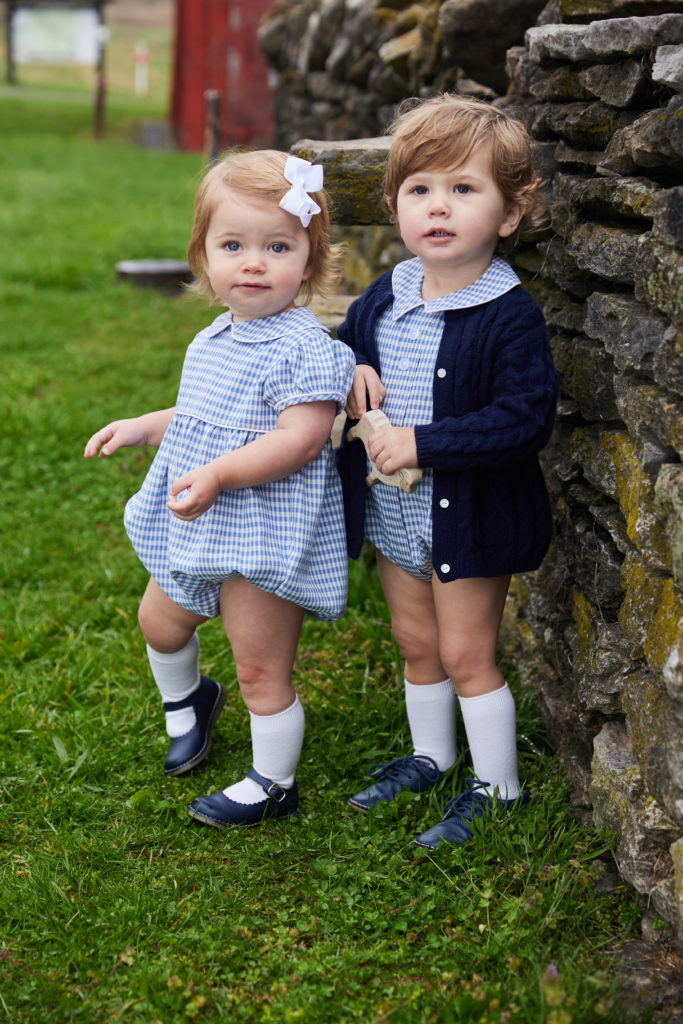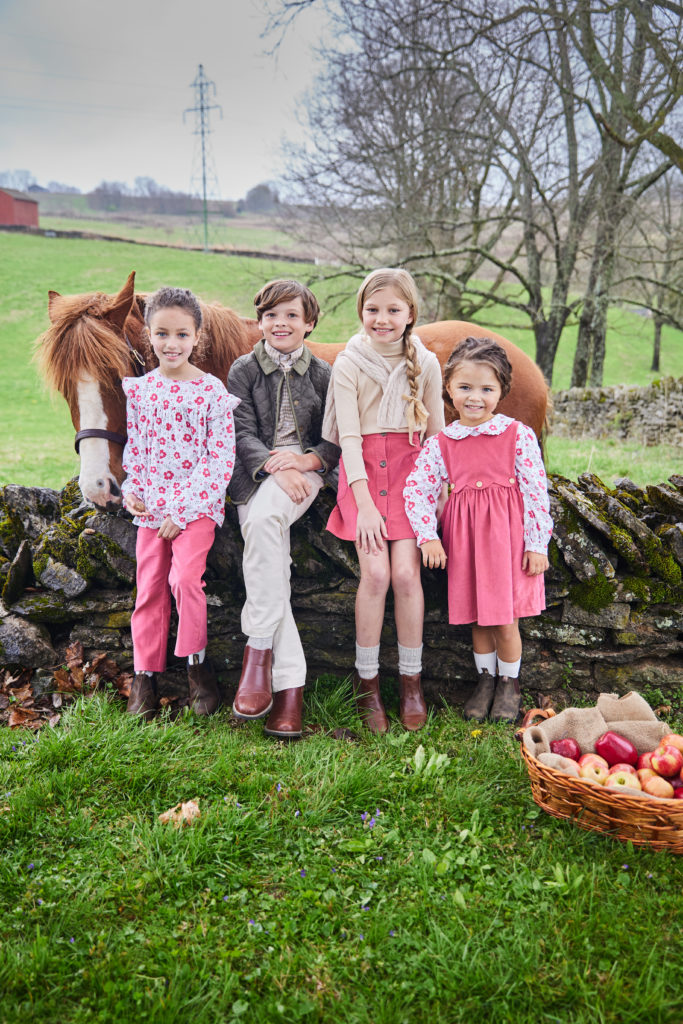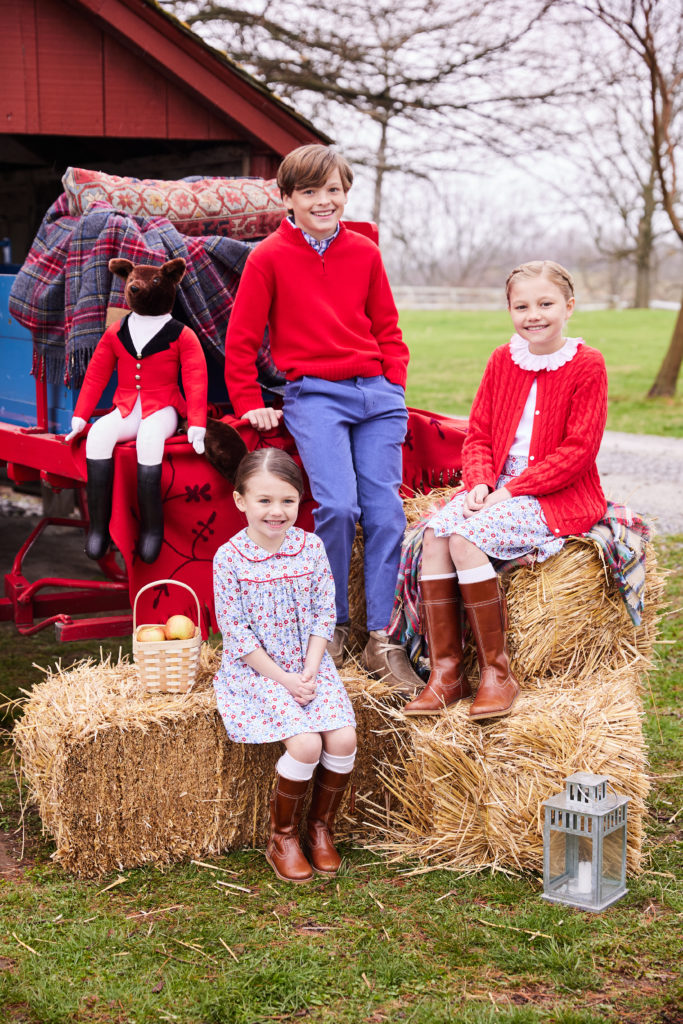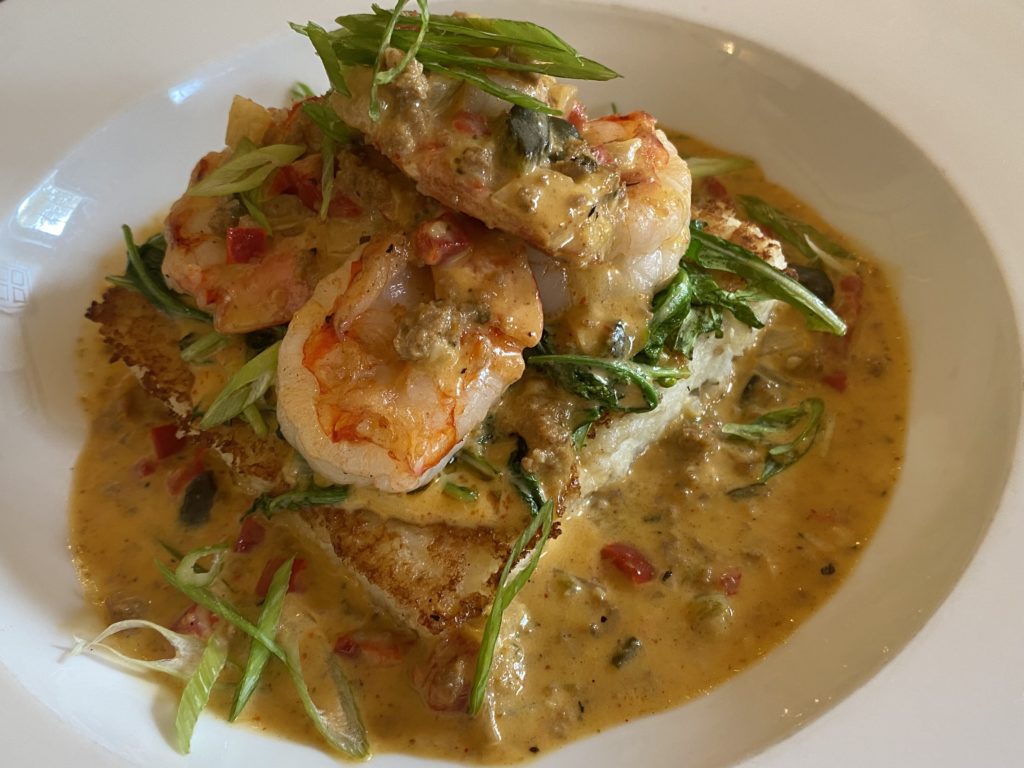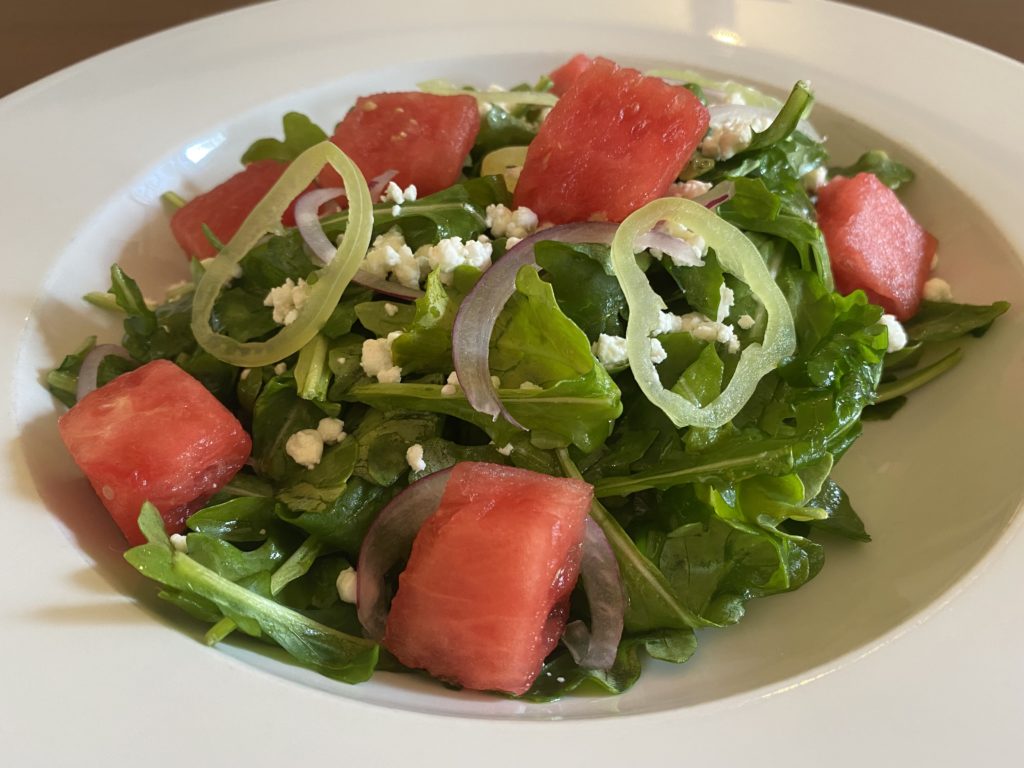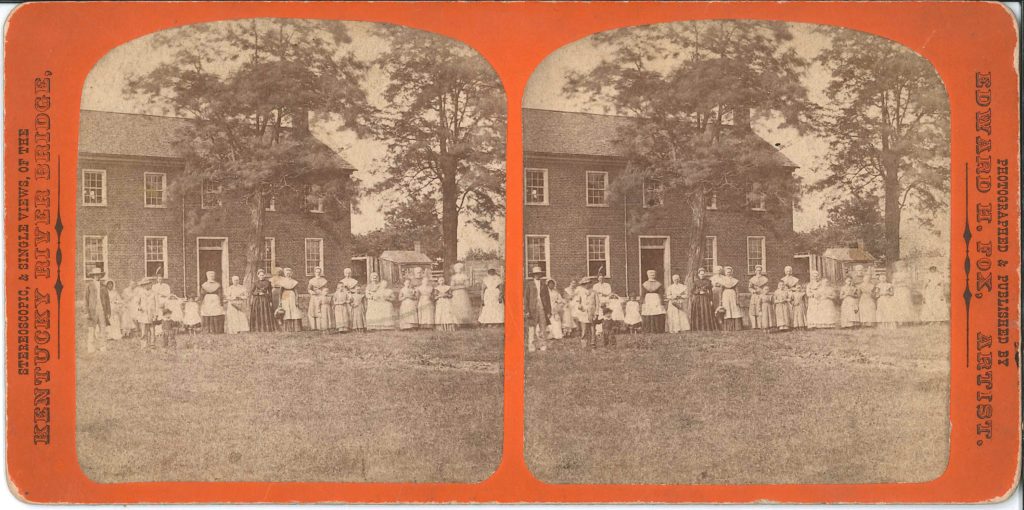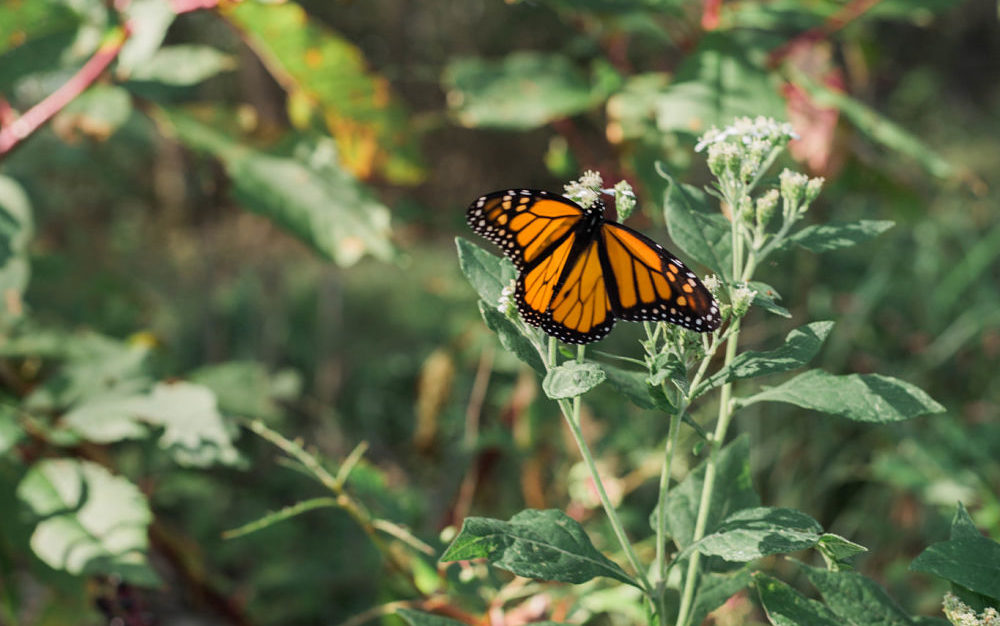Shannon Timmons, Annual Passholder Program Coordinator
As we enter the month of November, many of us turn our thoughts to Thanksgiving, and what we are grateful for from the past year. At Shaker Village we have many things to be grateful for, and the support of our 3,300 Annual Passholders is at the top of the list.
Annual Pass fees support 3,000 acres of discovery, new programs and educational opportunities for our guests. Pass fees also go towards the preservation and maintenance of our pristine grounds which includes 37 miles of walking and riding trails, and 34 original 19th Century buildings.
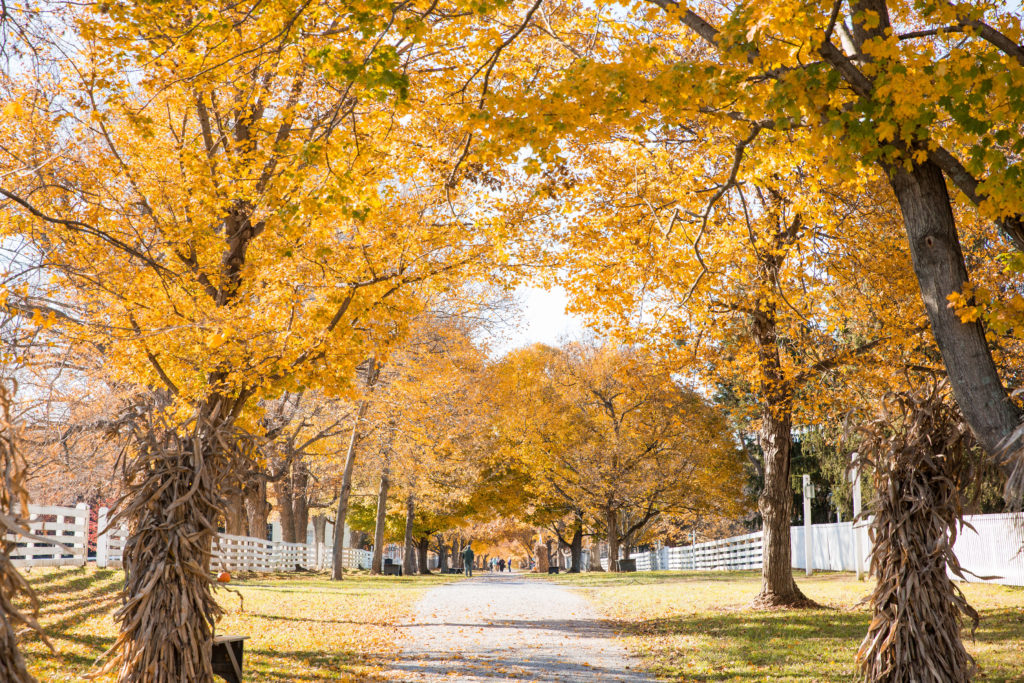
The Annual Pass Program has incredible value! We have three different passes and a variety of ways to customize them to fit your needs. The Village Pass, Equestrian Pass and Photography Pass all include tremendous benefits:
- Unlimited free admission to The Historic Centre, The Farm and The Preserve.
- Unlimited free hayrides and non-motorized boat launches from Shaker Landing (seasonal).
- Free admission to signature events like our Easter Egg Hunt, Trick-or-Treat, Harvest Fest, Vintage Dads Day and Craft Fair.
- 10% discount on overnight rooms in The Inn.
- 10% discount on meals at The Trustees’ Table.
- 10% discount on purchases at The Shops.
- Additional passholder-only discounts several times a year across the Village.
- Discounts on Discovery Treks and Workshops.
- Insider emails and exclusive promotions.
The Village Pass is designed for singles, couples, and families who enjoy strolling the trails, picnics at the pond, exploring the history of our original Shaker structures, or just simply soaking in the peace and tranquility of the property.
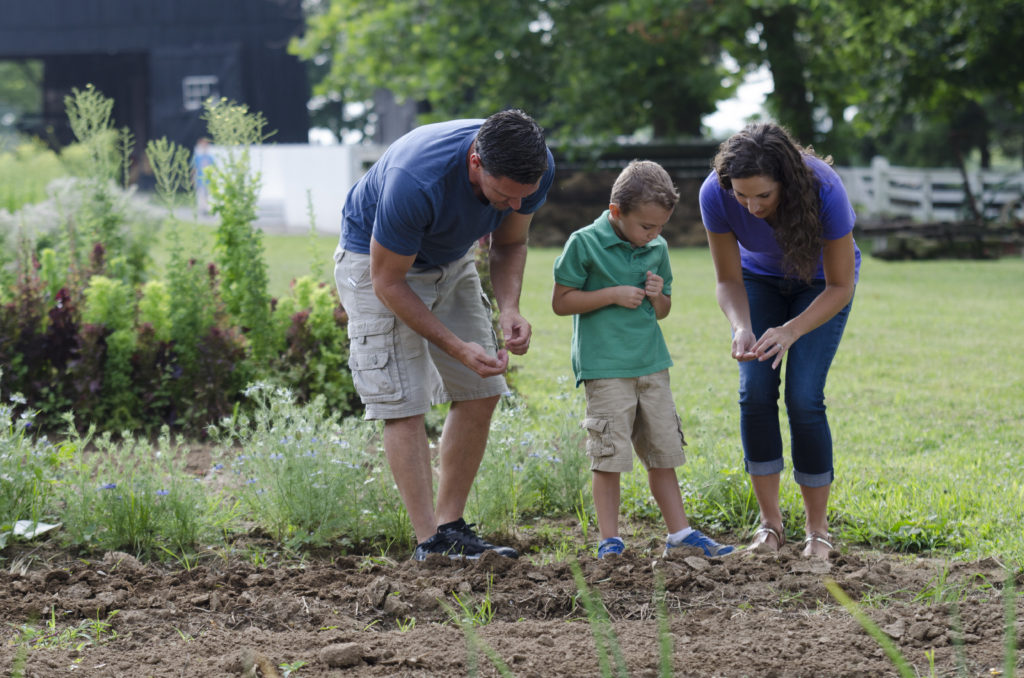
The Equestrian Pass is prefect for equine aficionados who bring their horses and explore our 30 miles of riding trails. This pass also includes free stall use and two complementary admission passes to The Historic Centre to share with family and friends.
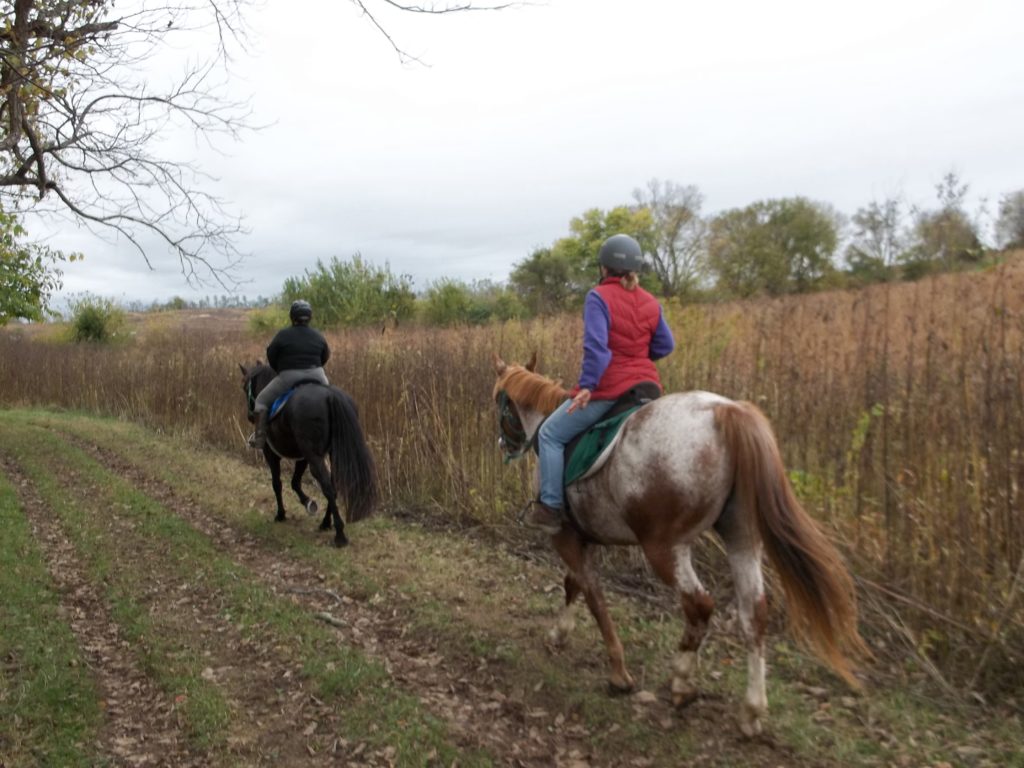
If you are a photographer, the Photography Pass is for you! Your clients receive free admission to the property during their photo session, and you won’t find a more beautiful location in Central Kentucky for outdoor photo shoots.
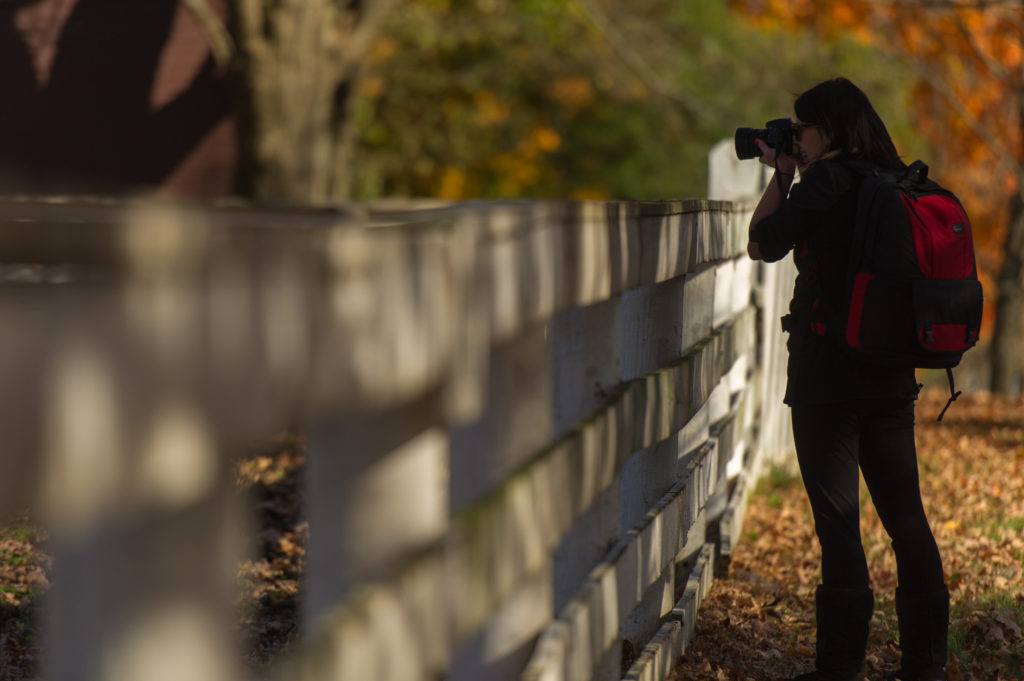
Not only is an annual pass a wonderful gift for yourself, it makes the perfect gift for the holidays. Giving the beauty, history and hospitality of Shaker Village is a unique way to treat your loved ones. So, as we approach the season of giving and of thanksgiving, we say THANK YOU to our annual passholder supporters. For those of you who are interested in joining our passholder family, please visit our website for more information and to sign up.
If you’d like to give the gift of an annual pass, or have any questions about the program, please contact Shannon Timmons, Annual Passholder Program Coordinator at stimmons@shakervillageky.org, or 859.734.1553.
